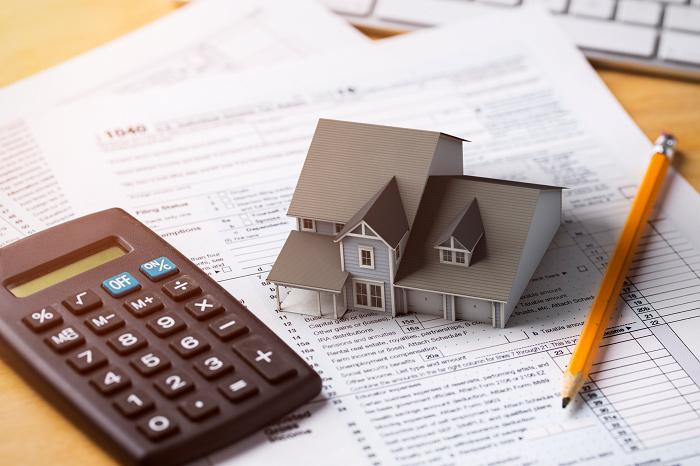Real estate, immovable property (English: Real Property, Real Estate) – land plots, as well as buildings, structures or other property directly connected with land, i.e. objects, the movement of which is impossible without causing significant damage to its value and purpose.
Types of real estate
Real estate by origin includes land plots, subsoil plots and everything that is firmly connected to the land, i.e. objects, the movement of which is impossible without disproportionate damage to their purpose, in particular forests, perennial plantations, buildings, structures, objects of unfinished construction .
In addition to real estate by origin, there is “real estate according to law” in Ukraine. It includes aircraft and sea vessels, inland navigation vessels, and space objects that are subject to state registration.
In the Anglo-Saxon legal system, real estate is divided into “real-estate” — real estate as objects of the material world (buildings, structures, land plots, etc.); and “real-property” — property rights to real estate objects. An object of real estate can be considered a product that is inextricably linked to the land plot on which it is located. Any movement of it will necessarily cause destruction and loss of market value.
The classification of real estate objects using the “tree of characteristics” method, which we will give below, is convenient for real estate evaluation taking into account the main features inherent in each group, for example, the nuances of commodity circulation, the scale and structure of the markets, within the framework of which purchase and sale operations are carried out objects and etc
According to this classification, real estate objects can be divided into:
1. By functional purpose:
land plots intended for development;
natural complexes (for exploitation);
buildings
rooms and apartments;
buildings and premises for shops and offices;
private residential buildings, cottages, cottages in the suburbs (with land plots);
production premises, warehouses;
others

2. By origin
Land massifs
Separate plots of land.
Complexes of buildings and structures
Residential apartment buildings
Residential single-apartment buildings (mansions, cottages)
Entrance (section).
Upstairs in the entrance.
Flat.
Room.
Cottage
Complex of administrative buildings.
Building.
Rooms or parts of buildings (sections, floors).
3. By readiness for operation
Ready objects.
Objects in need of capital repair or reconstruction.
Objects requiring completion of construction.
For the purpose of assessing the value of objects, namely: land plots, buildings, structures can be divided into two categories:
non-specialized real estate;
specialized real estate.
Real estate for which there is constant demand on the open market is considered non-specialized. Such real estate is freely bought, sold, rented out. It is used both for direct purposes and as an object of investment or development.
Such objects are considered specialized real estate, which, due to the specifics of their use, are extremely rarely sold on the open market for their further specialized use. An exception can be considered the sale of such objects as shares of an existing business. Such a special character of real estate is determined by the features of its design, location, specialization, size or a combination of the listed factors.

There are 3 types of real estate in Ukraine: land, housing and non-residential premises.
Land is a major factor in any commercial activity that is directly or indirectly involved in the production of goods or the provision of services. The land is divided into:
land plots intended for development or for other purposes of use;
natural complexes intended for their exploitation (fields, etc.)
Housing is a building with all amenities, designed for human habitation. Housing is urban and suburban (suburban real estate), which can belong to different classes: economy, business, elite, typical (by series).
The housing market can be primary (new construction) and secondary (secondary sale)
Real estate is divided into residential and non-residential according to its functional characteristics.
Non-residential (commercial) real estate includes retail, office, warehouse, industrial, hotel, recreational, institutional, and mixed-use real estate.
According to the degree of reproducibility in kind, real estate is distinguished:
non-reproducible are mineral deposits;
reproduction is structures, buildings.
According to the degree of specialization, the following are distinguished:
specialized: chemical and oil refineries; museums and other buildings belonging to culture;
non-specialized is real estate that is in demand on the open market for investment.
According to the nature of use, real estate is necessary for housing, commercial activities, agricultural needs, special purposes (schools, churches).
For purposes of ownership, it is intended for business, residence of the owner, as an investment, for development and development, as commodity stocks, for consumption of resources that are currently depleted.
